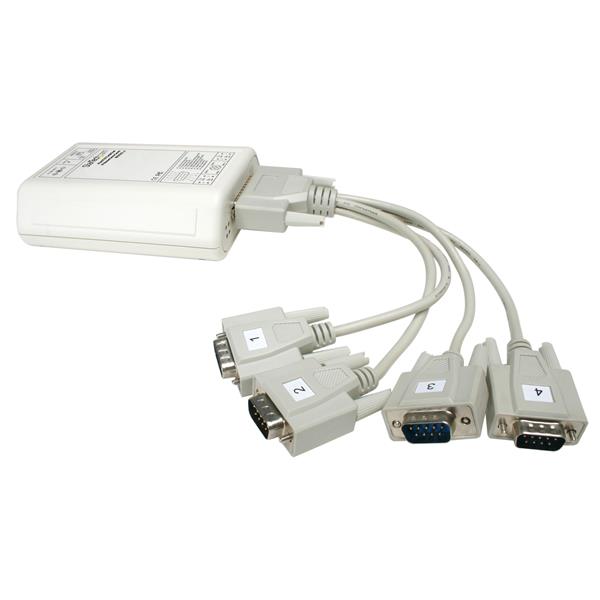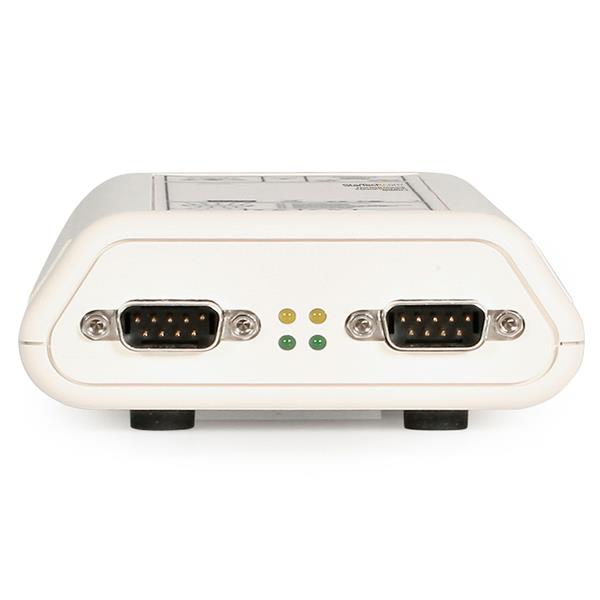
Commonly "serial" is used to refer to a number of buses that were generally available on PC/AT and compatibles via the "COM" port, generally RS232 and RS485 are included.Ĭonfusingly both the physical interface and the protocol could use a serial communication scheme, or they could be different (e.g. That is, the chips on either end of the cable/wire use a sequential sequence of bits to exchange data. In the context of your question, serial is used as both a communication scheme and a description of the physical bus. There are a number of compatible and incompatible computer buses and protocols that use a serial communications.


Serial is a general communications scheme, where information (in this case binary data) is transmitted in pieces sequentially.


 0 kommentar(er)
0 kommentar(er)
